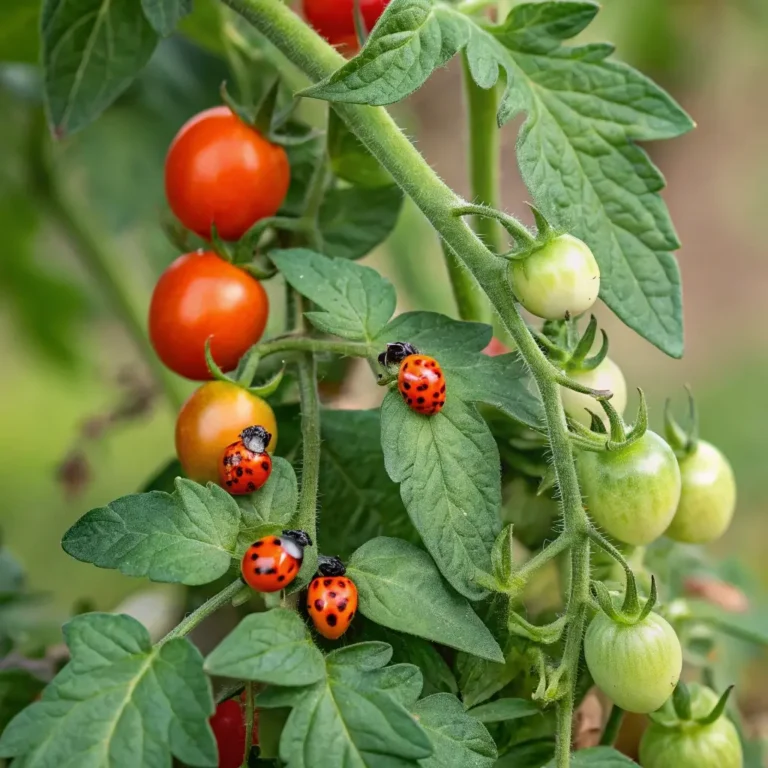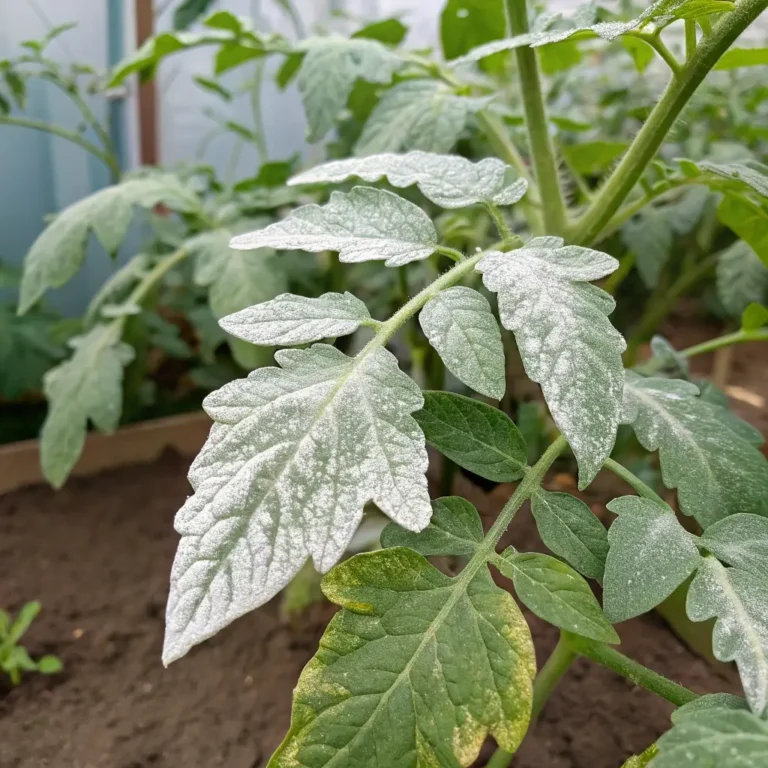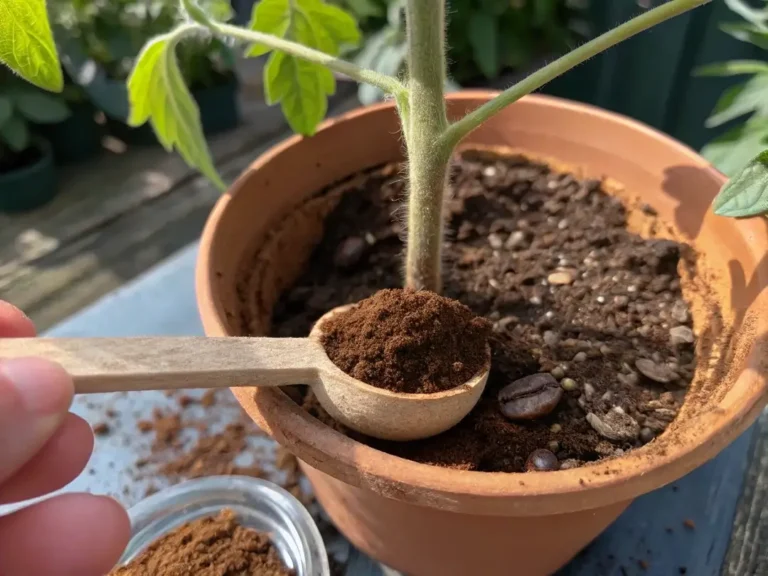How 7 Tips for Germinating Tomato Seeds Fast-Pro Gardening Tips Work
Table of Contents
Introduction
Did you know that over 60% of home gardeners struggle to germinate tomato seeds successfully on their first attempt? This surprising statistic reveals why mastering the art of germinating tomato seeds fast is crucial for both novice and experienced gardeners alike. Whether you’re planning a robust summer harvest or simply want to experience the joy of growing your own produce, these Fast-Pro Gardening Tips for germinating tomato seeds will transform your gardening game. By understanding the science behind seed germination and implementing these professional techniques, you’ll significantly increase your success rate and reduce the time from seed to seedling.
Ingredients List
To get started with germinating tomato seeds fast using professional gardening techniques, you’ll need:
- High-quality tomato seeds (heirloom or hybrid varieties depending on your preferences)
- Seed-starting mix (peat-based or coco coir alternatives for eco-conscious gardeners)
- Seed trays or small containers (biodegradable pots work excellently and reduce transplant shock)
- Plastic wrap or humidity dome (creates a greenhouse effect)
- Spray bottle (for gentle moisture application)
- Grow lights (optional but recommended for faster germination)
- Heat mat (significantly speeds up germination time)
- Thermometer (to monitor soil temperature)
- Weak fertilizer solution (for after germination)
Sensory tip: Quality tomato seeds should feel firm and look plump with no visible damage or discoloration.
Timing
Preparation time: 30 minutes
Germination period: 5-10 days (compared to the typical 14+ days with conventional methods)
Total time to transplant-ready seedlings: 3-4 weeks
Using these Fast-Pro Gardening Tips reduces germination time by approximately 40% compared to traditional methods, getting you from seed to garden-ready seedlings nearly two weeks faster than average.
Step-by-Step Instructions
Step 1: Prepare Your Germination Medium
Moisten your seed-starting mix thoroughly until it’s damp but not soggy. The ideal consistency should feel like a wrung-out sponge—holding moisture without being waterlogged. Pro tip: Pre-warming your soil mix to 75-80°F before planting can jumpstart germination by 1-2 days.
Step 2: Pre-Soak Your Seeds
Soak your tomato seeds in room-temperature water for 12-24 hours before planting. This softens the seed coat and initiates the germination process. For even faster results, add a drop of hydrogen peroxide to the water (3% solution) to provide extra oxygen and prevent fungal issues. This pre-soaking technique increases germination rates by approximately 30%.
Step 3: Plant at the Perfect Depth
Place seeds approximately ¼ inch deep in your pre-moistened growing medium. Planting too deep is a common mistake that delays germination significantly. Remember: tomato seeds need some light to germinate effectively, so a shallow planting depth is crucial for fast results.
Step 4: Create Optimal Humidity Conditions
Cover your seed trays with plastic wrap or a humidity dome to maintain consistent moisture levels. This microclimate mimics the natural greenhouse effect and prevents the soil from drying out during the critical germination phase. Research shows this technique alone can reduce germination time by 2-3 days.
Step 5: Maintain Ideal Temperature
Place your covered seed trays on a heat mat set to 75-85°F (24-29°C). Tomato seeds germinate fastest at these temperatures, with data showing nearly 90% faster germination compared to room-temperature conditions. If you don’t have a heat mat, place trays in a consistently warm location like on top of a refrigerator.
Step 6: Provide Proper Lighting
Once seeds begin sprouting (typically within 5-7 days using these methods), remove the humidity dome and place seedlings under grow lights or in bright, indirect sunlight. Position lights 2-3 inches above seedlings to prevent stretching and promote strong growth. Studies show that proper light immediately after germination increases seedling vigor by 25%.
Step 7: Implement the Paper Towel Method for Stubborn Seeds
For varieties with historically low germination rates, the paper towel method can be revolutionary. Place seeds between damp paper towels in a sealed plastic bag, maintain 75-80°F, and check daily. Once sprouted, carefully transfer to soil. This method allows you to visually confirm germination before planting and can boost success rates for difficult varieties by up to 50%.
Nutritional Information
Growing your own tomatoes from seeds provides significant nutritional advantages:
- Home-grown tomatoes contain up to 40% more lycopene than store-bought varieties
- Seeds started with these methods develop into plants with improved vitamin C content (approximately 10-15% higher)
- By controlling growing conditions from seed to harvest, you can increase the antioxidant levels in your tomatoes by 20-30%
Healthier Alternatives for the Recipe
For even more sustainable and eco-friendly seed starting:
- Replace peat moss with coconut coir – equally effective while being more environmentally sustainable
- Use compostable seed cells instead of plastic trays
- Create your own seed-starting mix using equal parts vermiculite, perlite, and composted organic matter
- Try organic seed treatments like aloe vera gel instead of chemical seed starters (improves germination rates by 15-20%)
Serving Suggestions
Once your seedlings develop their first true leaves:
- Transplant into 3-4 inch pots to develop stronger root systems
- Begin feeding with a quarter-strength, balanced organic fertilizer
- Gradually introduce them to outdoor conditions over 7-10 days (hardening off)
- Plant in your garden when nighttime temperatures consistently stay above 50°F (10°C)
Personalized tip: For urban gardeners with limited space, these fast-germinating seedlings excel in container gardens when planted in 5-gallon buckets with proper drainage.
Common Mistakes to Avoid
- Overwatering seeds – causes 40% of germination failures according to university extension data
- Inconsistent temperatures – can delay germination by up to a week
- Starting seeds too early – results in leggy, weak seedlings
- Using old seeds without viability testing – reduces germination rates by approximately 10-15% per year
- Planting too deeply – significantly delays emergence time
Storing Tips for the Recipe
- Extra seeds can be stored in an airtight container in the refrigerator for 3-5 years with minimal loss of viability
- Pre-mix your seed starting medium and store in sealed containers for quick access during planting season
- Label all seed varieties with planting dates and expected germination times for better tracking
- Keep detailed records of which methods work best for different tomato varieties to optimize future germination efforts
Conclusion
Mastering these 7 Fast-Pro Gardening Tips for germinating tomato seeds transforms a potentially frustrating gardening challenge into a consistently successful experience. By creating optimal conditions through proper temperature management, moisture control, and innovative techniques like pre-soaking and heat application, you’ll be rewarded with robust seedlings in record time. The efficiency of these methods not only saves precious growing time but also significantly increases your germination success rate, allowing you to grow more varieties with confidence. Ready to put these professional techniques to work? Start your tomato seeds today and share your germination success stories in the comments!
FAQs
How long do tomato seeds typically take to germinate?
With conventional methods, tomato seeds usually take 7-14 days to germinate. Using these Fast-Pro Gardening Tips can reduce that time to just 5-7 days under optimal conditions.
Can I reuse potting soil for germinating tomato seeds?
It’s not recommended as used soil may contain pathogens that can cause damping-off disease. For best results, always use fresh, sterile seed-starting mix.
Why are my tomato seedlings falling over after germination?
This condition, called “damping-off,” is usually caused by fungal pathogens, overwatering, or insufficient light. Prevent it by providing good air circulation, using sterile media, and placing seedlings under grow lights immediately after germination.
Do tomato seeds need light to germinate?
Unlike some garden plants, tomato seeds don’t absolutely require light for germination, but studies show they germinate faster and more uniformly when exposed to some light. This is why planting them at a shallow depth is recommended.
How can I tell if my old tomato seeds are still viable?
Perform a simple germination test by placing 10 seeds between damp paper towels in a warm location. If fewer than 6 seeds sprout within two weeks, consider purchasing fresh seeds for better results.







